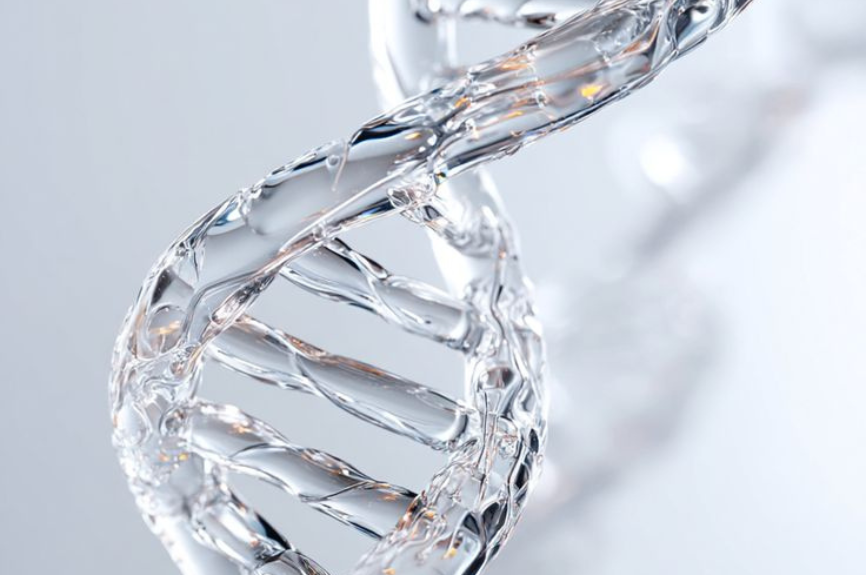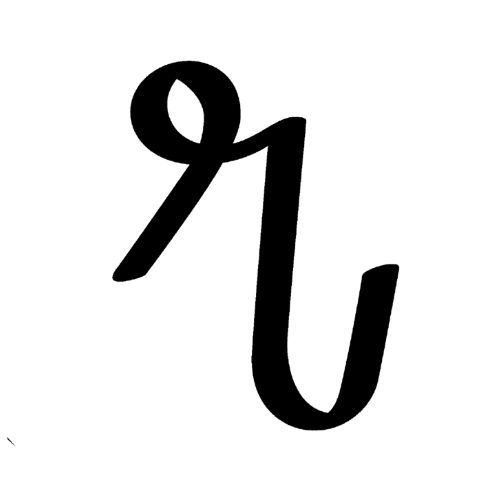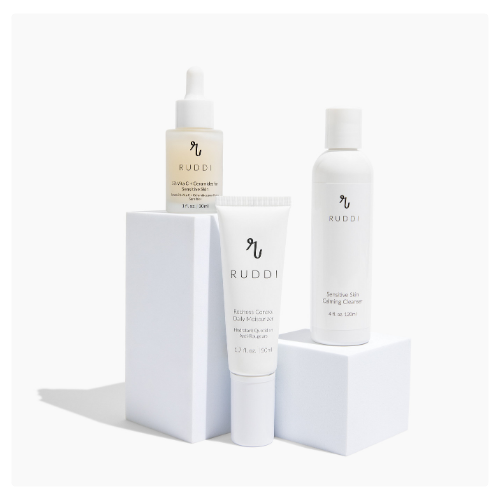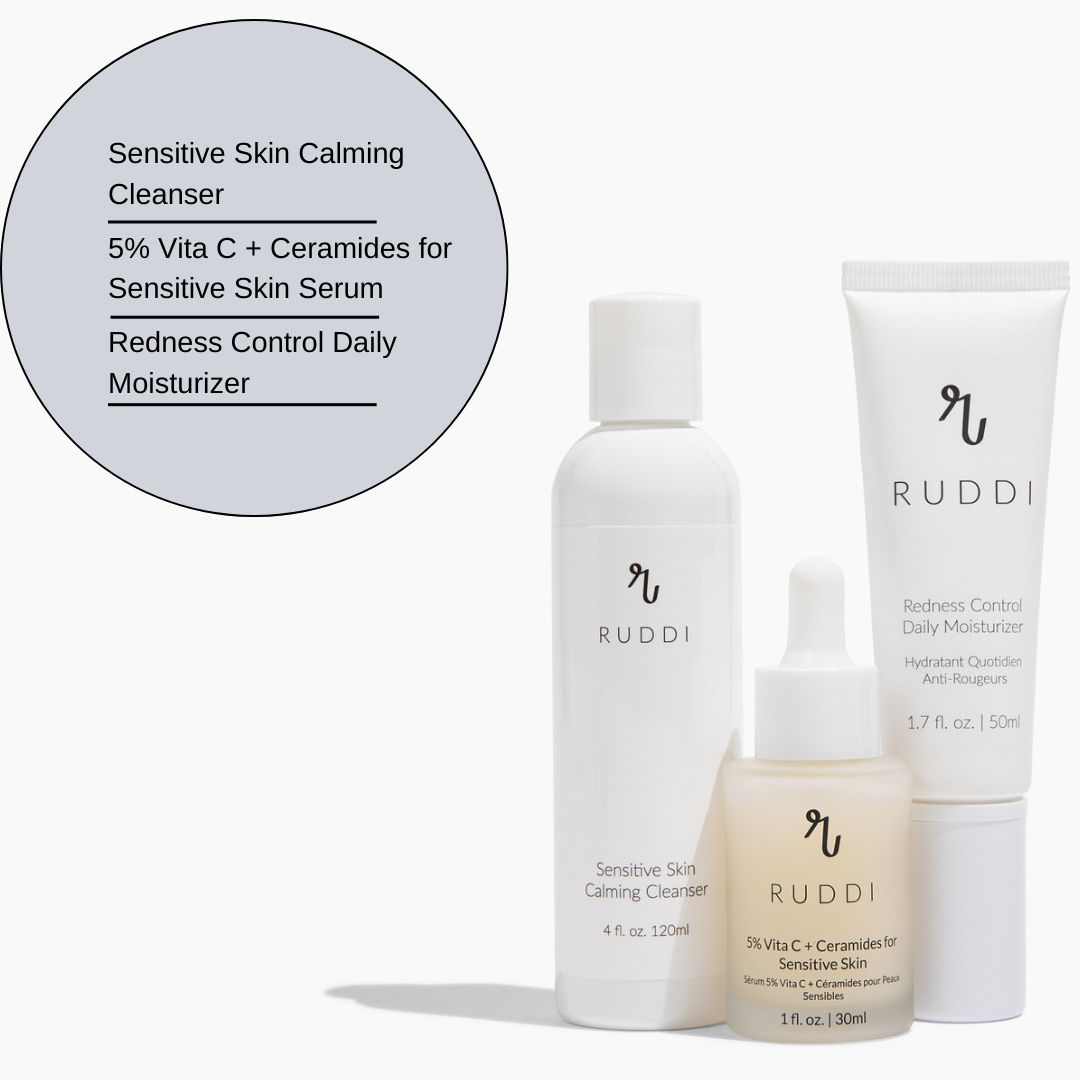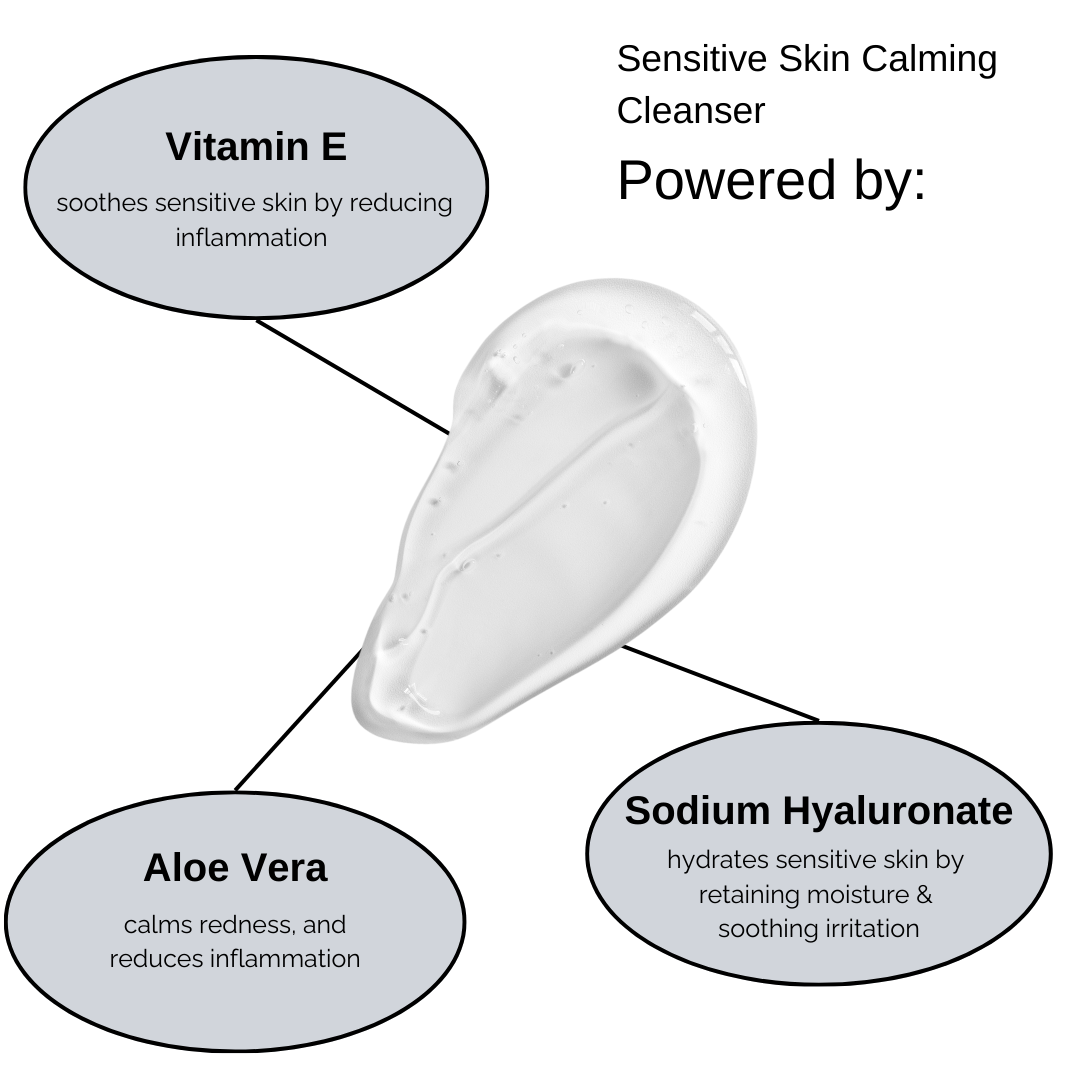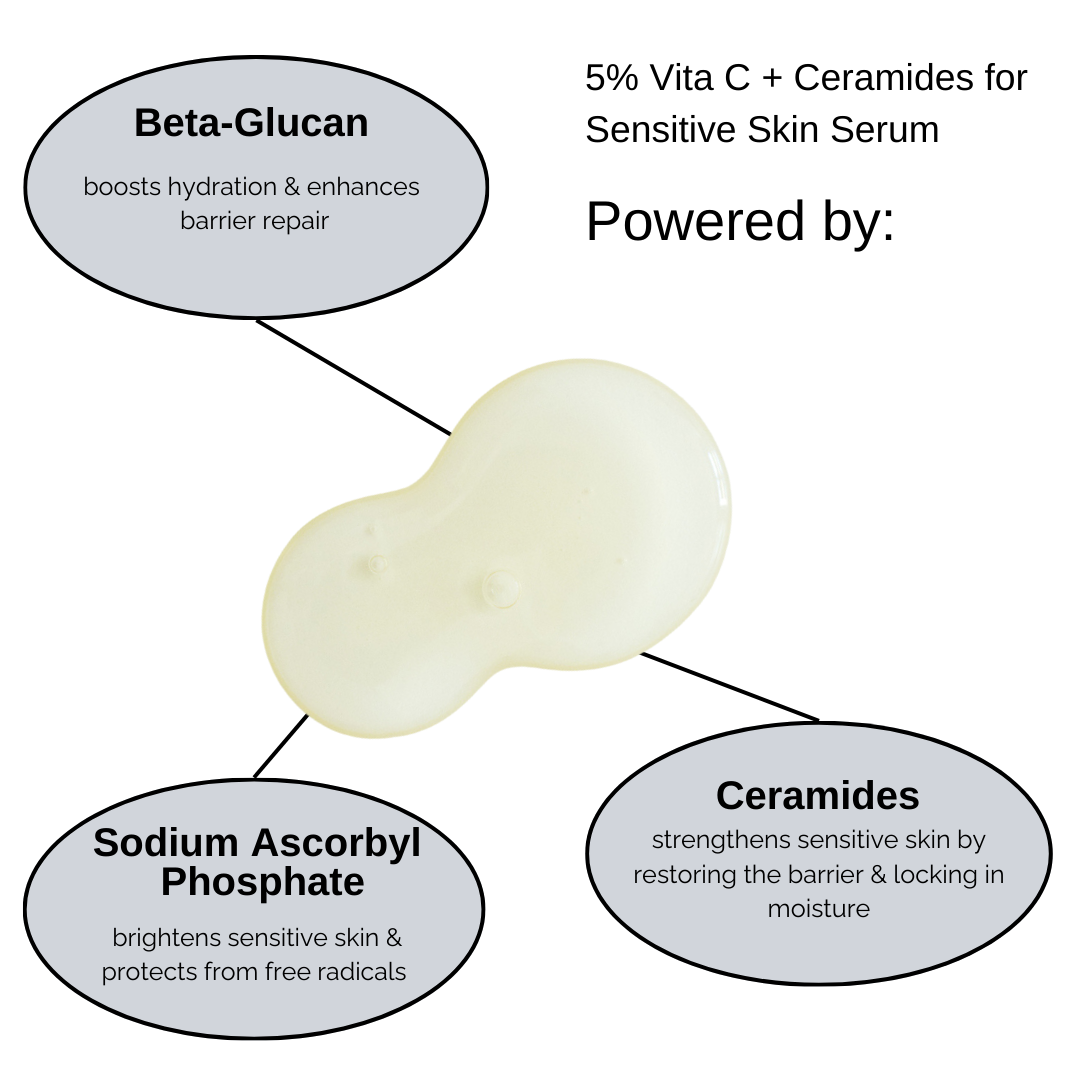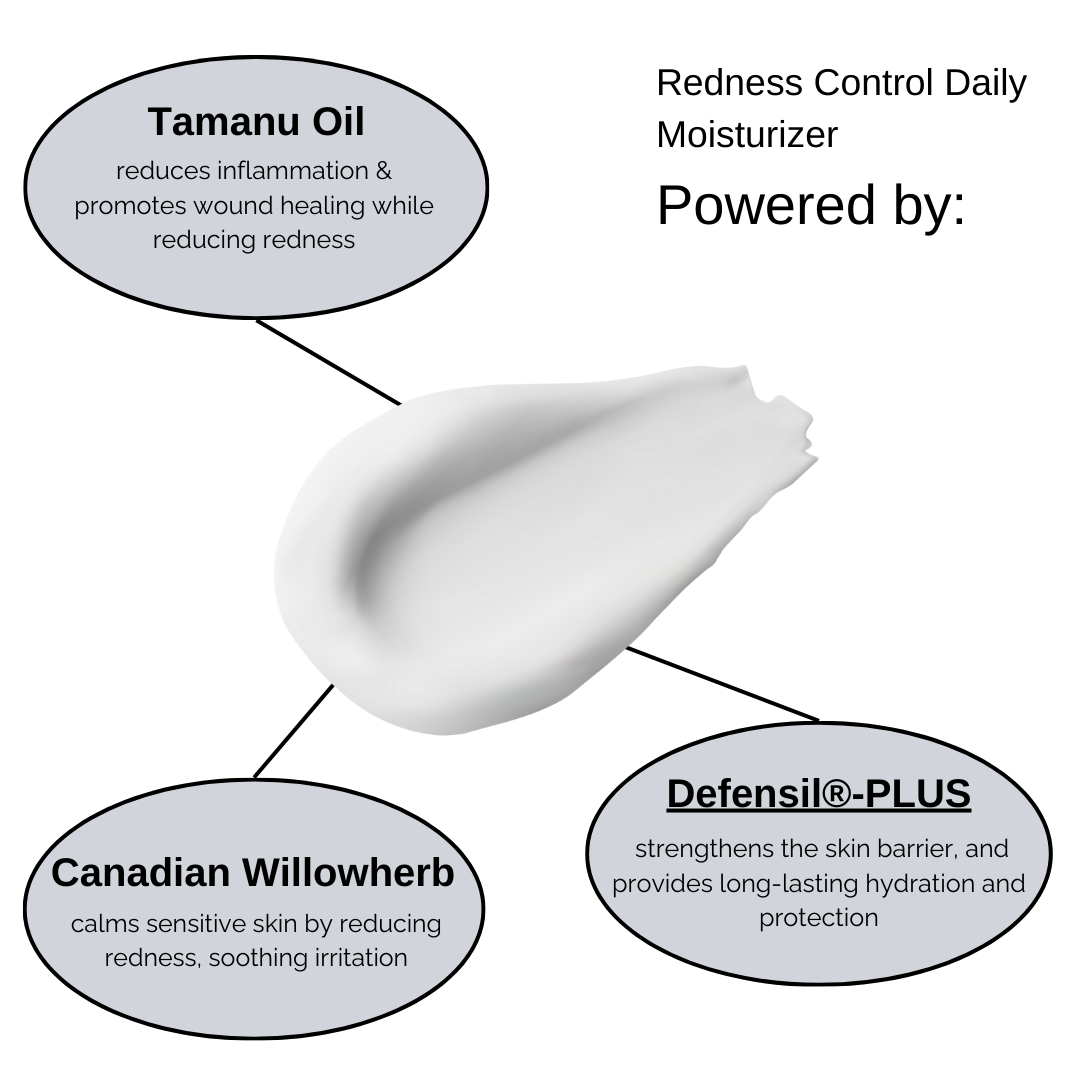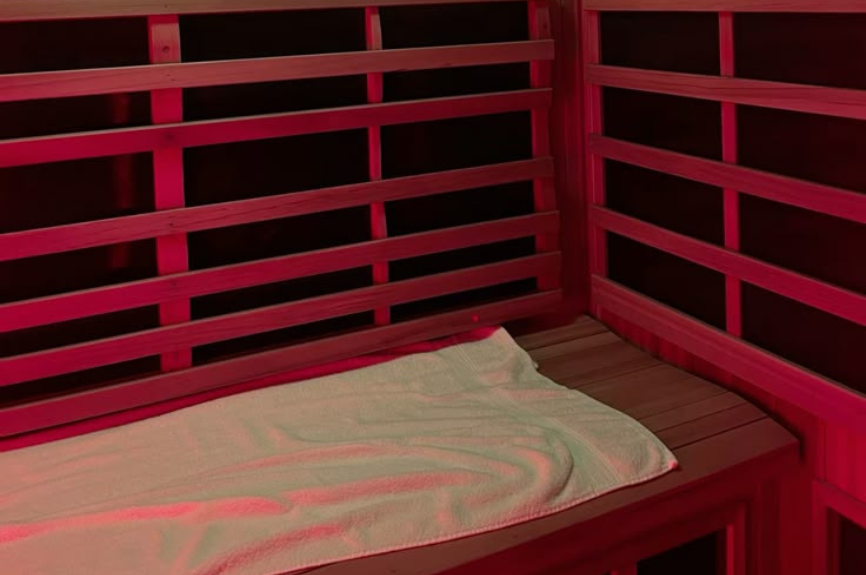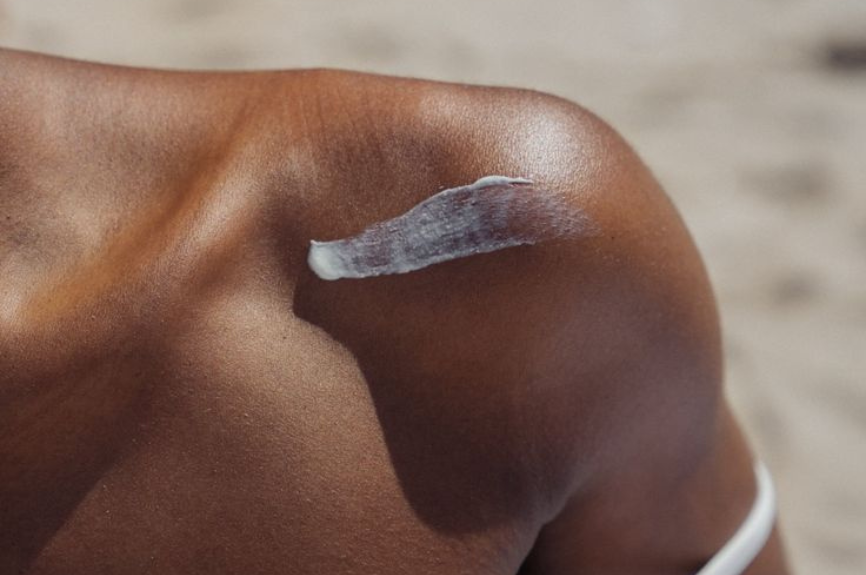If your skin often feels tight, flushed, or reactive, you’re not alone — over 60% of adults now describe their skin as sensitive. The good news? Modern science is uncovering new ways to strengthen and soothe that sensitivity, not just mask it. One ingredient leading this quiet revolution is L-PDRN — short for Low-Molecular Polydeoxyribonucleotide — a powerful skin-repairing molecule that’s redefining how we care for compromised, easily irritated skin,
What Exactly Is L-PDRN?
L-PDRN is a DNA-derived molecule made up of nucleotide fragments — the same building blocks that form our own genetic material. Traditionally, it’s extracted and purified from salmon DNA, which is remarkably biocompatible with human skin.
Originally developed for medical wound healing and tissue regeneration, PDRN has been used in injectables and dermatology clinics for years. More recently, skincare science has adapted it into topical formulations that deliver similar regenerative and calming effects without the need for clinical procedures.
The “L” in L-PDRN typically indicates a low-molecular form — meaning the DNA fragments are smaller or encapsulated for better skin absorption and reduced irritation, making it especially suitable for sensitive or post-procedure skin.
How L-PDRN Works: Repair from Within
What makes L-PDRN so fascinating is that it doesn’t just sit on the skin’s surface — it communicates with cells to activate healing and renewal. Here’s how it works:
L-PDRN stimulates fibroblasts — the cells responsible for producing collagen, elastin, and extracellular matrix (the skin’s “scaffolding”). This encourages natural repair and smooths the look of damaged or aging skin.
- Activates Adenosine A2A Receptors
These receptors control inflammation and tissue repair. When activated, they reduce redness, swelling, and sensitivity, while encouraging new cell growth and better blood flow.
- Enhances Microcirculation
L-PDRN increases VEGF (vascular endothelial growth factor) levels, helping to improve oxygen and nutrient delivery to skin tissues — ideal for dull, fatigued, or stressed skin.
- Reduces Inflammation and Oxidative Stress
It works as an anti-inflammatory and antioxidant, neutralizing stress molecules that can trigger sensitivity, breakouts, or premature aging.
- Supports DNA Repair and Cell Renewal
The nucleotide fragments act as “building blocks” for cells, aiding DNA repair processes and improving overall skin resilience.
Key Benefits of L-PDRN for Sensitive Skin
If you experience redness, dryness, or post-treatment irritation, L-PDRN can be a game-changer. Here are its most impactful benefits:
- Calms Inflammation and Redness
L-PDRN directly soothes inflammatory mediators, visibly reducing redness, stinging, and flushing. It’s often used after laser treatments or microneedling for faster recovery and reduced downtime.
- Strengthens a Weakened Skin Barrier
By encouraging collagen and extracellular matrix renewal, L-PDRN fortifies the skin barrier — helping it retain moisture and resist environmental stressors.
- Accelerates Healing and Recovery
Whether it’s from acne, sun exposure, or active ingredients, L-PDRN promotes faster tissue repair, supporting a smoother, more even complexion.
- Hydrates and Softens the Skin
Many formulations pair L-PDRN with hydrating agents like hyaluronic acid or beta glucan. Together, they replenish lost moisture and restore that soft, supple feel.
- Improves Firmness and Elasticity
By stimulating fibroblasts and collagen production, L-PDRN enhances skin firmness and elasticity — giving sensitive skin a renewed sense of strength and bounce.
- Supports Post-Procedure Care
L-PDRN is a favorite in clinics for post-laser or peel recovery, as it reduces inflammation while encouraging tissue regeneration — all without clogging or aggravating the skin.
Risks, Sensitivities, and What to Watch For
While L-PDRN is considered gentle, here are a few important considerations — especially for those with highly reactive or allergy-prone skin:
Since most PDRN is derived from salmon or trout DNA, individuals with fish allergies should proceed with caution or opt for synthetic or vegan alternatives where available.
The safety and effectiveness of PDRN depend heavily on the purification process. Look for products from reputable brands that disclose their sourcing and quality testing.
- Mild Irritation Possible:
Some users may experience a temporary tingling or warmth when first applying PDRN — usually due to its regenerative activity. Always patch test first.
- Overuse Can Overwhelm Sensitive Skin:
More isn’t always better. L-PDRN is potent even at low concentrations; using it once or twice daily is typically enough.
Who Should Consider L-PDRN?:
• Sensitive, reactive, or redness-prone skin
• Post-procedure recovery (microneedling, laser, chemical peels)
• Compromised skin barriers (from over-exfoliation or actives)
• Aging or dull skin that needs firmness and regeneration
• Those who want visible repair without harsh ingredientsIt’s one of the few ingredients that can both calm and rejuvenate, making it a standout choice for minimal, high-performance routine
The Science Behind Its Calm
Several studies have explored PDRN’s wound-healing and anti-inflammatory effects. Research shows that PDRN-treated skin demonstrates improved collagen density, faster tissue regeneration, and lower inflammatory markers — all without disrupting the skin’s microbiome. When combined with barrier-supporting ingredients like beta glucan, niacinamide, and ceramides, the results can be even more impressive: stronger, calmer, visibly healthier skin.
L-PDRN: The Future of Regenerative Skincare
What makes L-PDRN exciting isn’t just its clinical origins — it’s what it represents: a shift from aggressive exfoliation to intelligent regeneration.
Instead of “forcing” skin renewal through irritation, L-PDRN encourages it naturally. It works with your skin’s biology — not against it — to restore balance, comfort, and long-term strength.
For anyone with sensitive, stressed, or overworked skin, L-PDRN offers a gentle yet powerful path to recovery — and a reminder that healing is just as important as glow.
